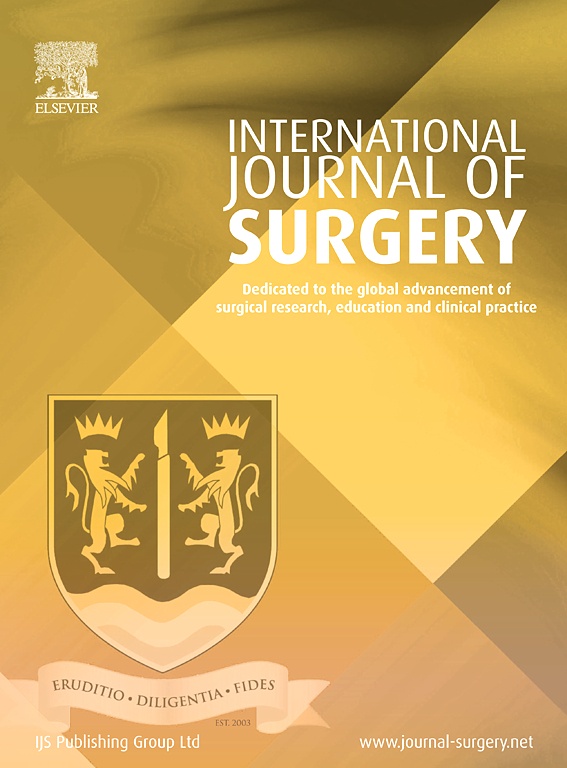
Lower infection rate after open fracture with NPWT versus conventional dressings

Lower infection rate after open fracture with NPWT versus conventional dressings
Negative pressure wound therapy versus conventional wound dressings in treatment of open fractures: A systematic review and meta-analysis
Int J Surg. 2018 May;53:72-79Did you know you're eligible to earn 0.5 CME credits for reading this report? Click Here
Synopsis
Eight randomized controlled trials were included in this meta-analysis which comparing negative pressure wound therapy and conventional dressings in wound management following open fracture. Pooled analysis demonstrated a significantly lower rate of infection among groups treated with negative pressure wound therapy compared to groups treated with conventional dressings.
Were the search methods used to find evidence (original research) on the primary question or questions stated?
Was the search for evidence reasonably comprehensive?
Were the criteria used for deciding which studies to include in the overview reported?
Was the bias in the selection of studies avoided?
Were the criteria used for assessing the validity of the included studies reported?
Was the validity of all of the studies referred to in the text assessed with use of appropriate criteria (either in selecting the studies for inclusion or in analyzing the studies that were cited)?
Were the methods used to combine the findings of the relevant studies (to reach a conclusion) reported?
Were the findings of the relevant studies combined appropriately relative to the primary question that the overview addresses?
Were the conclusions made by the author or authors supported by the data and or analysis reported in the overview?
How would you rate the scientific quality of this evidence?
Yes = 1
Uncertain = 0.5
Not Relevant = 0
No = 0
The Reporting Criteria Assessment evaluates the transparency with which authors report the methodological and trial characteristics of the trial within the publication. The assessment is divided into five categories which are presented below.
4/4
Introduction
4/4
Accessing Data
4/4
Analysing Data
4/4
Results
3/4
Discussion
Detsky AS, Naylor CD, O'Rourke K, McGeer AJ, L'Abbé KA. J Clin Epidemiol. 1992;45:255-65
The Fragility Index is a tool that aids in the interpretation of significant findings, providing a measure of strength for a result. The Fragility Index represents the number of consecutive events that need to be added to a dichotomous outcome to make the finding no longer significant. A small number represents a weaker finding and a large number represents a stronger finding.
Why was this study needed now?
Infection following open wound fracture is a common complication which can negatively impact patient outcomes. Negative pressure wound therapy has been suggested as a method to improve outcomes compared to traditional dressings, and while a number of trials have been conducted, controversy still exists.
What was the principal research question?
In wound management after open fracture, is there any significant difference in outcome between negative pressure wound therapy and conventional dressings?
What were the important findings?
- The infection rate was significantly lower among NPWT groups compared to conventional dressing groups (8 studies; OR 0.17 [95%CI 0.09-0.32]).
- The requirement of flap surgery did not significantly differ between NPWT groups and conventional dressing groups (3 studies; OR 0.64 [95%CI 0.21-2.02]).
What should I remember most?
In wound management of open fractures, negative pressure wound therapy was associated with a significantly lower rate of postoperative infection when compared to management with conventional dressings.
How will this affect the care of my patients?
The results of this study suggest that negative pressure wound therapy can reduce the rate of infection in the management of open fractures compared to conventional dressings. However, it should be determined if this reduction in infections is clinically significant and cost-effective.
Learn about our AI Driven
High Impact Search Feature
Our AI driven High Impact metric calculates the impact an article will have by considering both the publishing journal and the content of the article itself. Built using the latest advances in natural language processing, OE High Impact predicts an article’s future number of citations better than impact factor alone.
Continue



 LOGIN
LOGIN

Join the Conversation
Please Login or Join to leave comments.